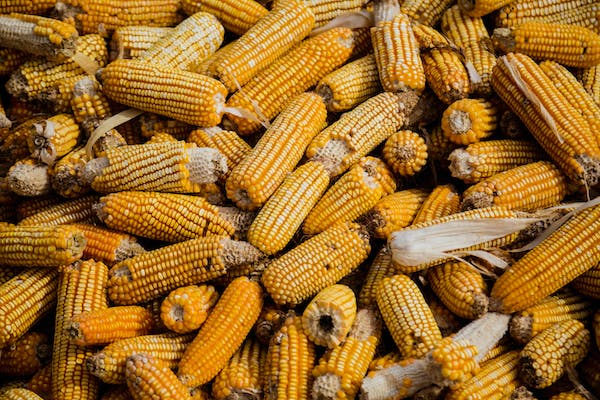The U.S. government detailed the use of glyphosate corn production in U.S. as part of the information it provided to a dispute settlement panel with Mexico.
Released publicly on December 20, the panel focused primarily on restrictions on Mexican imports of U.S.-origin GM corn.
The panel concluded that these restrictions violate the U.S.-Mexico-Canada Agreement (USMCA).
Glyphosate use in corn production
In response to the panel’s question on the availability of data identifying the percentage of GM corn treated with glyphosate, the United States provided the following information on herbicide use in corn cultivation from 2017 through 2021:
- 90% of U.S. corn acreage was planted to herbicide-tolerant corn varieties (i.e., transgenic varieties).
- The remaining 10% was planted with non-herbicide tolerant corn varieties.
On the specific use of glyphosate:
- Approximately 80% of the herbicide-tolerant corn acreage was treated with glyphosate annually.
- About 15% of the non-herbicide tolerant corn area was also treated with glyphosate annually.
Therefore, if the overall impact on total corn acreage is calculated:
- 73.5% of the total corn acreage (sum of 90% herbicide tolerant corn and 10% non-tolerant corn) was treated with glyphosate on an annual basis.
- Eighteen percent of all corn acreage was dedicated to herbicide tolerant varieties that were not treated with glyphosate.
This data highlights the high use of glyphosate on herbicide tolerant corn in the United States and the significant proportion of corn acreage that does not receive glyphosate treatment despite being grown with transgenic varieties.
Glyphosate and the science
The U.S. response on the issue of glyphosate residues in processed corn products reflects a position in which reference is made to existing scientific studies, some of which date back to the 1990s.
According to these studies, it was concluded that glyphosate residues are not concentrated in processed corn products, a finding that, according to the United States, is supported by both U.S. government and European Food Safety Authority (EFSA) approaches.
Accordingly, the United States maintains that there is sufficient scientific evidence to reject Mexico’s suggestions that this is an “unexplored area”, i.e., an area where sufficient research has not yet been conducted.
On the other hand, the Mexican government, through the Maize Decree of February 2023, established a timetable for the gradual elimination of glyphosate use, with the goal of banning the use of glyphosate by April 2024. This ban also included restricting imports of products containing glyphosate.
On March 26, 2024, the Mexican government announced the postponement of the planned ban on glyphosate. This ban was due to come into effect in the coming months. The decision was communicated through a joint statement issued by several key government agencies and ministries. These include the Ministries of Economy (SE), Agriculture (SADER), Environment (SEMARNAT) and the Federal Commission for the Protection against Sanitary Risks (COFEPRIS).
El motivo del aplazamiento fue la necesidad de encontrar una alternativa viable al glifosato. Meanwhile, glyphosate imports continue to be permitted with quotas assigned to each of the importing companies.

